Rigid-Flex PCB
- Home
- Rigid-Flex PCB
PCB Manufacturing
and PCB Assembly
KKPCB conducts research on special processing technologies such as ordinary double-sided boards, thick copper circuit boards, high-frequency circuit boards, HDI circuit boards, rigid-flexible circuit boards, FPC flexible boards, buried blind hole circuit boards, and IC carrier boards. Provides PCB design, PCB layout, PCB prototyping and PCB assembly services.
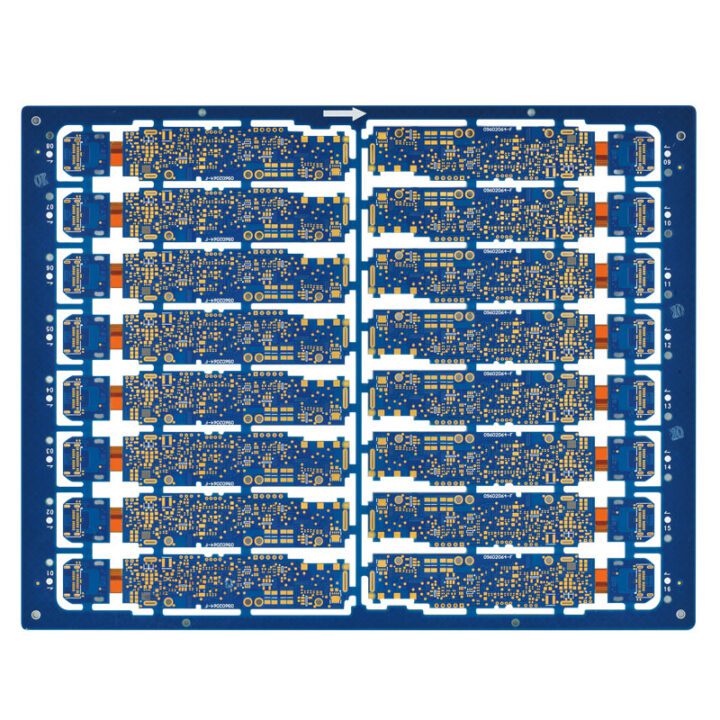
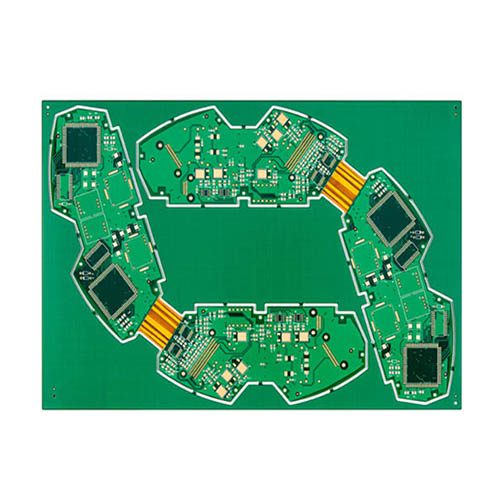
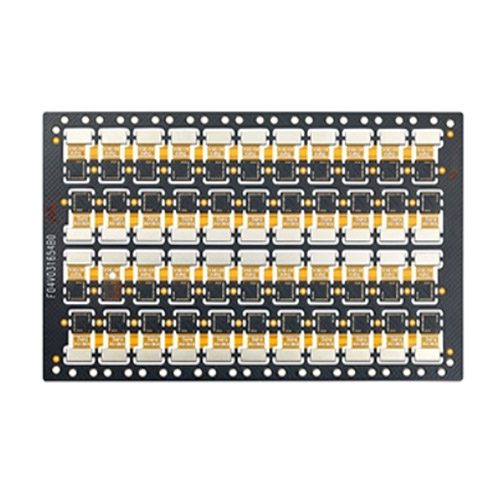

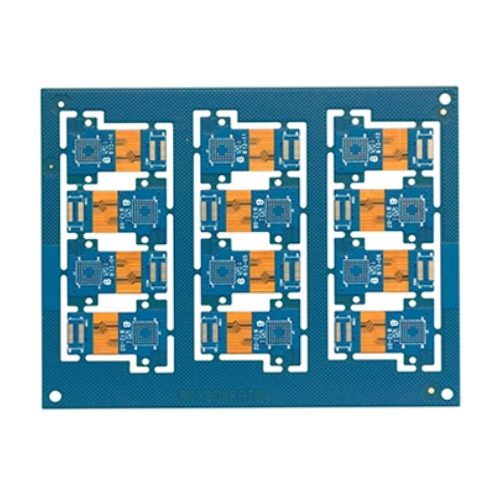
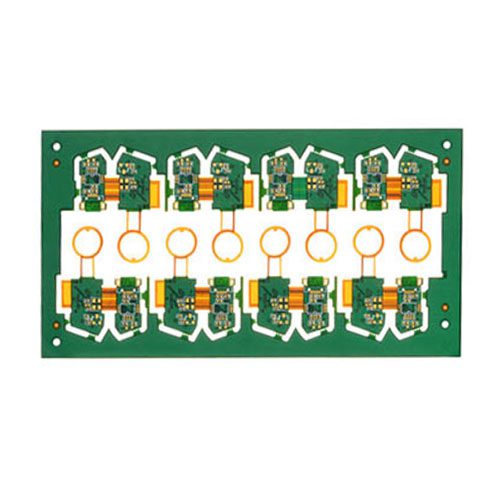
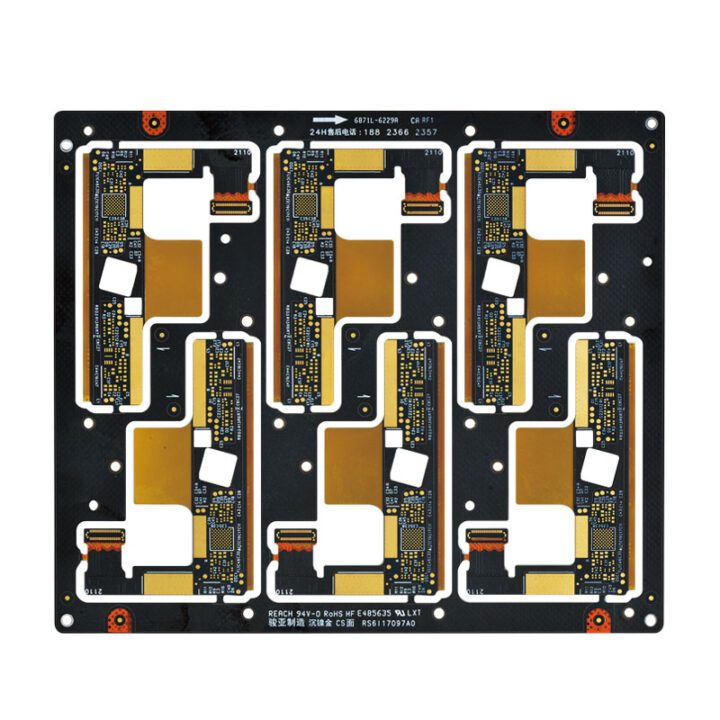
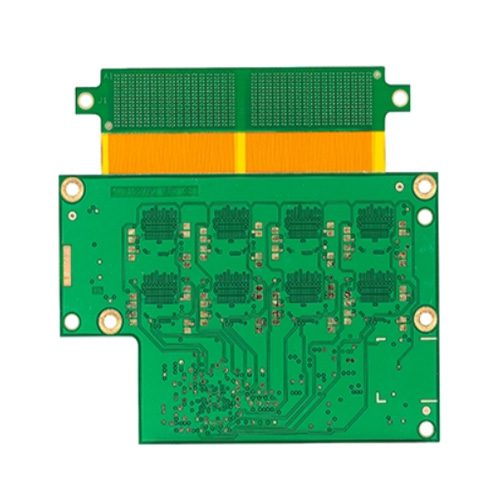
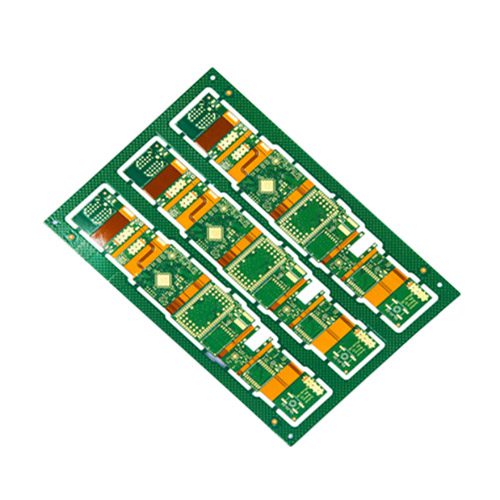
What is Rigid-flex PCB?
A rigid-flex board is a new type of printed circuit board that combines the durability of a rigid PCB with the adaptability of a flexible PCB. It refers to a single printed board that includes one or more rigid areas and one or more flexible areas. Using a rigid-flex board replaces the combination of a hard board, connectors, and flexible boards in design.Rigid-Flex PCB is a new type of printed circuit board that has both the durability of rigid PCB and the adaptability of flexible PCB. Among all types of PCB, the rigid-flex board is the most resistant to harsh application environments, so it is favored by medical and military equipment manufacturers. China’s enterprises are gradually increasing the proportion of rigid-flex PCB in the total output.
Rigid-flex printed circuit boards can help you reduce space and ensure that your products are able to withstand harsh conditions. Also, they are cost-effective.
A rigid-flex format allows you to use fewer interconnecting segments to take on more challenges. So the rigid-flex PCB is a very flexible solution to many design problems. They are suitable for industries ranging from hearing aids to night vision mirrors.
Rigid-flex PCB Application
Rigid-flex boards are primarily used in aerospace applications, such as high-end onboard weapon navigation systems and sensors, as well as automotive radar, mobile phone cameras, digital cameras (including thermal imaging devices), medical equipment (such as endoscopes), fiber optic transmission, portable ATM terminals, digital cameras, portable cameras, and high-quality MP3 players. They are most commonly used in military aircraft and medical devices. Rigid-flex boards offer significant benefits for military aircraft design by improving connection reliability and reducing weight. The advantage of a smaller overall volume is also noteworthy.
Although the cost of rigid-flex boards is higher than traditional rigid PCBs, they provide an ideal solution for many projects. Using flexible substrates for interconnection instead of multiple PCB connection devices is key to reducing space and weight, which is essential for many designs.
Characteristics of rigid-flex PCB
Rigid-flex board has the characteristics of both rigid PCB and flexible PCB. It can bend, fold and shrink with the following characteristics:
1) Flexible and three-dimensional installation, effective use of installation space, reduce the volume of finished products.
2) It has the strength of a rigid plate and plays a supporting role.
3) Rigid-Flex PCB has a small volume and is lightweight, which makes the product light and thin.
4) Rigid-Flex PCB has higher assembly reliability.
5) It has excellent electrical properties, dielectric properties, and heat resistance.
6) It is difficult to make, high one-time cost, and can not be repaired after damage.
Introduction of rigid Flex PCB material
Composition of flexible boards:
Rigid-flex PCB is a product composed of the rigid circuit board (FR4) and flexible circuit board (FCCL) through adhesive.
The flexible board is thin and flexible. It is generally divided into glue base material and nonglue base material.
Glued material: copper foil + adhesive layer + substrate
It has the advantages of low price, good dimensional stability, good adhesion between the copper sheet and medium. Due to a variety of resin compositions, heat resistance is general, easy to delamination
Glueless material: copper foil + base material
High price, single resin, good thermal stability, high reliability, but copper skin adhesion is slightly poor
Copper foil of the rigid-flex board
It can be divided into rolled annealed copper foil (RA) and electrolytic copper foil (ED). The bending property of rolled copper foil is better than that of electrolytic copper foil, and the products with deep and high requirements for flexure are mainly used. Electrolytic copper foil is conducive to fine circuit production and is used for products with low requirements for flexibility.
Conductive Layer:
RA copper: Rolled Annealed Copper (9pum12um/17.5um35um70pum). High flex life, good forming characteristics. The crystal structure of calendered copper is smooth, but its adhesion to the substrate is poor.
ED copper: Electrodeposited Copper(17.5um/35um/70um). More cost-effective. The rough crystal structure of electrolytic copper is not conducive to the yield of a fine circuit.
Silver Ink: Most cost-effective, poor electrical characteristics. Most often used as shielding or to make connections between copper layers.
The recommended use case of RA and ED copper
| Application | Recommended use |
| Flexible board of dynamic continuous action | RA |
| Flexible board with little continuous action for very fine lines | ED |
| A flex board that is not dynamic but must bear motion | RA |
| Flexible board with double electroplated through holes | RA&ED |
| Products with large radius and low deflection | ED |
| Nondynamic flex board | ED |
| >Bending assembly of 100m bending radius | ED |
The substrate material of Rigid-flex PCB
Divided into polyimide (PI), polyester (PET), polytetrafluoroethylene (PTFE)
Polyimide (PI): Kapton TM (125um/ 20um/ 25um/ 50 μm/ 75um)
It has excellent high-temperature resistance, immersion welding resistance up to 260 ℃, 20sec, high dielectric strength, good electrical and mechanical strength, but easy to absorb moisture. It is a common base material for FPC
Polyester (PET): (25um / 50 μ M / 75um)
Many properties are similar to polyimide, but poor heat resistance can only be used at room temperature.
Polytetrafluoroethylene (PTFE): only used in high-frequency products with low dielectric constant
Coverlay: Cover layer from 2 mils to 5 mils (12. 7 to 127um)
The covering film is equivalent to the solder resist ink of rigid circuit board, which plays a role in solder resistance. The covering film is composed of adhesive +PI.
Adhesive Materials:
The adhesive portion between the flexible and rigid boards primarily uses No Flow (low flow) Prepreg for lamination. Due to its low resin flow properties, it greatly aids the soft-to-rigid transition area, preventing issues caused by resin overflow that could require rework in the transition area or affect functionality.
FCCL, CVL, and Adhesive


FPC material- 2-layer FCCL Status
FPC material-3-layer FCCL Status
FPC material- coverlay layer Status
Coverlay used for rigid-flex board
Comparison of coverlay features
Structure of the FCCL
Schematic diagram of multi-layer rigid-flex board structure:
Rigid-flex Sample Projects
There are many differences between rigid PCB and flexible PCB board in circuit design
Line design requirements inflexible area
To avoid sudden expansion or reduction of the line, use tear shape between thick and thin lines
It is recommended to use the smooth angle to avoid acute angle

Design key considerations
The structure is the most important factor in the design of rigid-flex. It is necessary to make the process simple and reliable and achieve the goal of low cost and applicability
1. The thickness should be as low as possible and the material types must be reduced. Too thick rigid-flex not only has an adverse effect on the miniaturization of thick assembly products but also causes inconvenience to the manufacturing process (especially the press-fit). In addition, rigid-flex materials include copper foil, polyimide film, and acrylic glue. Because of the difference in thermal expansion coefficient, attention should be paid to the adhesion between layers after thermal shock.
2. Stress prevention of bending point. In addition to reducing the stress of the contact edge between the flexible board and the rigid board or reinforcing it in the process of hot pressing, it is better to avoid the bending point.
3. Considering the mainshock resistance, the wiring arrangement should meet the requirements of folding resistance. If the product is applied in a high vibration environment, it is also necessary to investigate in advance.
4. In the aspect of the manufacturing process, the possible problems in the process are foreseen, and the process is simplified to reduce the cost and improve the yield.
Rigid-Flex PCB Frequent Questions
Rigid-flex PCBs offer a combination of the benefits of rigid and flexible PCBs, making them suitable for a wide range of applications that require compact, reliable, and versatile circuit designs. Despite the challenges in design and manufacturing, their advantages in performance, space-saving, and reliability make them an excellent choice for advanced electronic applications.
The primary purpose of producing rigid-flex PCBs is to achieve design and performance goals that are not feasible with either rigid or flexible PCBs alone. By integrating the strengths of both, rigid-flex PCBs offer solutions for complex, space-constrained, and high-reliability applications across various industries. They enable innovative product designs, improve reliability, enhance signal integrity, and provide long-term cost benefits, making them indispensable for advanced electronic systems.
The production of rigid-flex PCBs involves multiple steps, each requiring precise control and specialized equipment. The integration of rigid and flexible sections demands careful planning, material selection, and process optimization to ensure the final product meets all performance and reliability requirements. By following these steps, manufacturers can produce high-quality rigid-flex PCBs for a wide range of applications.
Rigid-flex PCB fabrication provides a unique combination of the benefits of both rigid and flexible PCBs. This approach results in significant advantages in terms of space and weight savings, enhanced reliability, improved signal integrity, and design flexibility. These benefits make rigid-flex PCBs suitable for a wide range of applications across various industries, including consumer electronics, medical devices, automotive, aerospace, and industrial automation. By leveraging these advantages, manufacturers can develop more advanced, reliable, and compact electronic products.
Designing rigid-flex PCBs involves a range of challenges due to the integration of rigid and flexible sections. These challenges include complex design processes, material selection, manufacturing tolerances, thermal management, electrical performance, mechanical stress, cost considerations, assembly challenges, design rule constraints, and testing and validation. Overcoming these challenges requires careful planning, collaboration with manufacturers, the use of advanced tools, and thorough testing to ensure a reliable and effective design.
Testing rigid-flex PCBs involves a combination of visual inspections, electrical tests, automated inspections, functional tests, and environmental stress tests to ensure their reliability and functionality. The comprehensive testing process helps to identify and address any defects or issues, ensuring that the rigid-flex PCBs meet the required specifications and can perform reliably in their intended applications. By utilizing a range of testing methodologies, manufacturers can ensure the quality and durability of their rigid-flex PCBs.
Rigid-flex PCBs require a careful selection of materials to ensure they meet the mechanical, electrical, and thermal demands of the application. By combining rigid substrates like FR-4 with flexible materials such as polyimide, manufacturers can create PCBs that offer the benefits of both rigidity and flexibility. Adhesive materials play a critical role in bonding these layers together, while surface finishes protect exposed copper surfaces and ensure reliable solderability. Each material choice is tailored to the specific design requirements and environmental conditions in which the PCB will operate.
Rigid-flex PCBs are versatile and find applications in industries ranging from consumer electronics and medical devices to automotive, aerospace, industrial automation, telecommunications, energy, and IoT. Their ability to combine the benefits of rigid and flexible circuits makes them suitable for applications requiring compactness, reliability, and the ability to withstand harsh environmental conditions. Each industry leverages rigid-flex PCBs to meet specific design challenges and achieve superior performance in electronic systems.
Rigid-flex PCBs offer a unique combination of flexibility, reliability, and compactness compared to regular PCBs. Their ability to integrate rigid and flexible materials into a single board allows for innovative designs that can fit into tight spaces, withstand mechanical stress, and reduce assembly complexity. These differences make rigid-flex PCBs suitable for applications where traditional PCBs may not meet the requirements for design flexibility, reliability in harsh environments, or space-saving considerations.
Choosing the right rigid-flex PCB manufacturer requires careful consideration of their experience, technical capabilities, quality standards, material options, design support, and overall reliability. By conducting thorough research, evaluating multiple manufacturers, and asking relevant questions, you can select a partner who can meet your specific requirements and deliver high-quality rigid-flex PCBs for your applications.
























